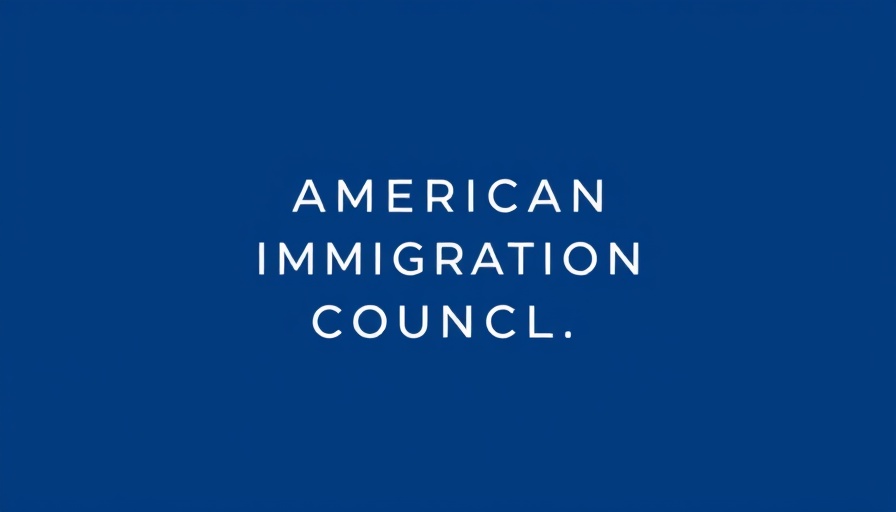
Understanding the H1B Weighted Selection Process
The proposed H1B weighted selection process marks a significant shift in the United States' immigration system, particularly for skilled workers. This rule, sorting H1B applicants based on wage levels, intends to prioritize higher salaries as a proxy for higher skills. As the Trump administration continues its focus on immigration reform, this change builds on prior attempts to link wage levels to skills and qualifications.
The Rationale Behind a Weighted Selection
At its core, the rationale is straightforward: employers and the DHS argue that higher compensation aligns with higher talent. By favoring applicants with higher salaries, the administration posits that it will attract a more skilled workforce. However, this perspective has sparked controversy, as critics worry that lower-wage earners, often from critical sectors, might be left behind, thus impacting diversity and the availability of essential services.
What to Expect as Changes Unfold
As the proposed rule progresses through the NPRM (Notice of Proposed Rulemaking) phase, public feedback will play a crucial role in refining its implementation. Stakeholders, including business lenders and banks connected to immigration communities, must remain vigilant. Understanding these changes will help not just employers seeking talent but also financial institutions evaluating the potential impacts on their clientele.
Moving Forward: Your Role in the Conversation
It is essential for business leaders and financial institutions to engage in the public comment period. Sharing insights and concerns can shape the final rule, ensuring a beneficial outcome for both skilled workers and the economy. As the landscape of H1B visas evolves, your voice matters in this significant national dialogue.
 Add Row
Add Row  Add
Add 




Write A Comment